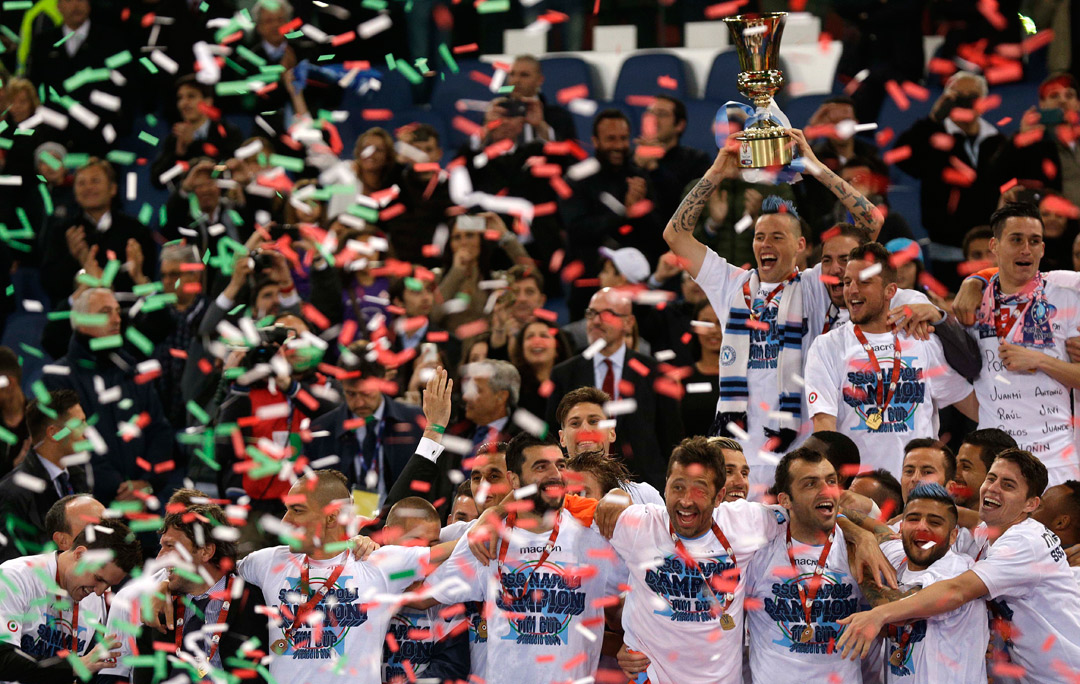Violence mars Napoli's night as ultras run amok in Rome
Richard Whittle reports on a sorry night for Italian football, as flares and firecrackers grab the headlines once again...
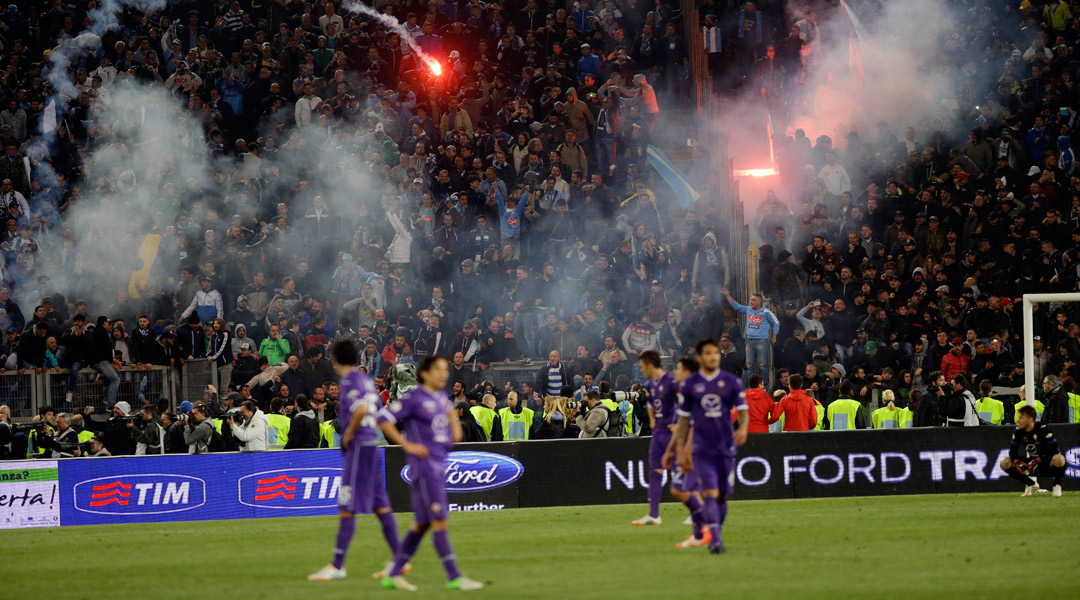
Saturday’s Coppa Italia Final in Rome should have showcased the best of Italian football. The two finalists, Napoli and Fiorentina, are renowned attacking teams with two forward-thinking coaches at the helm. The event had even received the Pope's blessing, after he met players and officials at the Vatican on Friday.
The Pontiff, an avid football fan, mused over his days on the terraces back in Argentina. “As a boy I used to go to the stadium a lot, I have happy memories; joyful moments, with my family. I hope football and sport in general regains that sense of celebration,” he said, with the sort of optimism that can only come from a higher force.
As it turned out, Saturday evening was as far away from a celebration as one could get, as events away from the stadium overshadowed what was a spectacular match. Children and the not so young, rather than gaze starry-eyed at the Stadio Olimpico pitch, cowered in fear as ear-shattering paper bombs exploded on the terraces and flares were thrown onto the running track.
State broadcaster RAI seemed to have missed what was going on as their cameras panned frightened faces, before realisation of the situation's seriousness quickly dawned and they cut to more neutral footage of the stadium.
Get FourFourTwo Newsletter
The best features, fun and footballing quizzes, straight to your inbox every week.
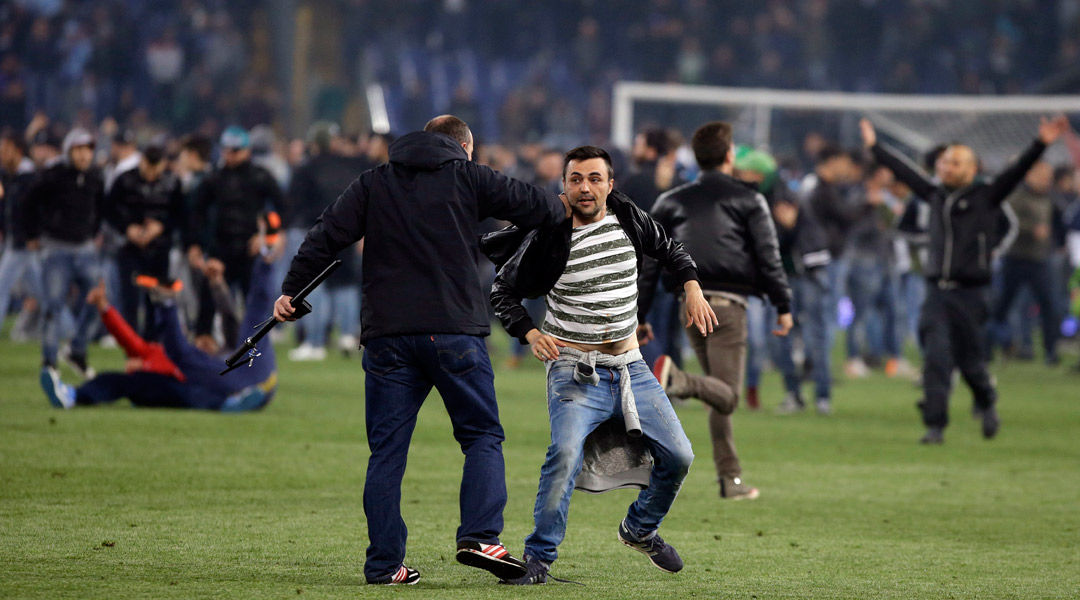
Clashes
The nation’s highest dignitaries, including Prime Minister Matteo Renzi, were in attendance but seemed equally in the dark as to what had occurred some 6km away from the stadium, where reports were filtering through that a number of Napoli fans had been shot, with one in life-threatening condition.
There had been other sporadic clashes between unidentified fans and police closer to the stadium. As rumours filtered through the Curva Nord, the tension was ramped up to such an extent that it was left to Napoli captain Marek Hamsik to meet with Napoli's head of the ultras to calm the situation. Even then flares, fire crackers and other objects flew over his head onto the track, where a fireman was injured.
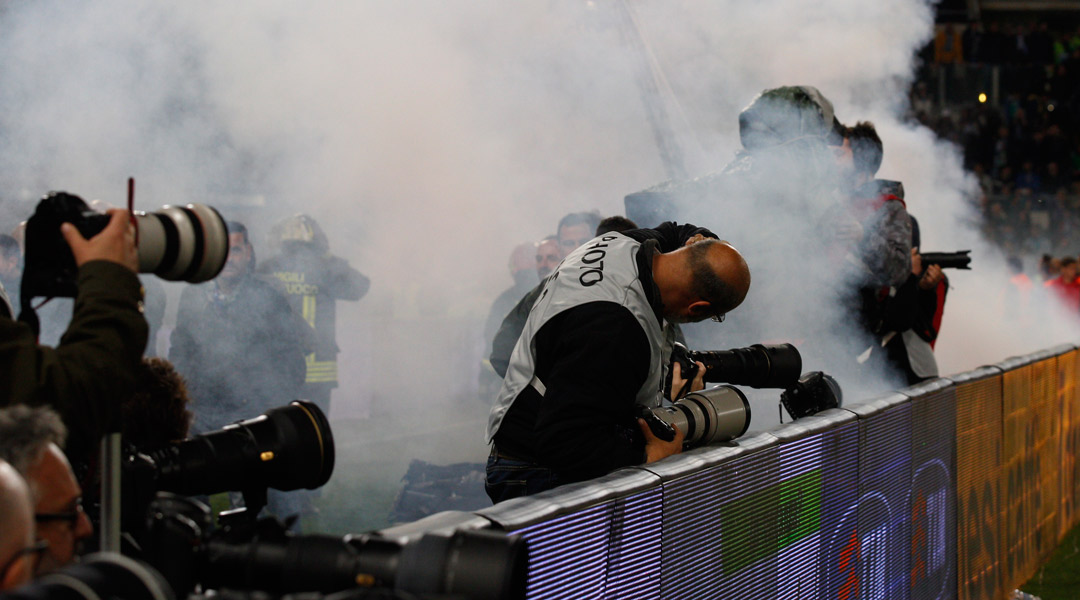
Police were trying to keep the situation in check behind the stand, where, according to eyewitnesses, a number of them were injured by flying bottles. Subsequent reports have alleged that Hamsik had been negotiating with the son of a well-known Camorra boss to ensure that the match went ahead, only after reassurances passed on from the player via the police that the incident away from the stadium had been unrelated to a clash between Napoli and Fiorentina fans.
The head of the Napoli ultras, who was wearing a t-shirt calling for the release of a fan found guilty of killing a policeman ahead of a Catania-Palermo match in 2007, was seen to give the crowd the thumbs up. Napoli ultras had apparently been in touch with their Fiorentina counterparts at the other end of the stadium. To reinforce their stance that they were not content with the situation, they informed the media that they would follow the game in silence. Only then an announcement was made that the match would start 45 minutes after its scheduled 9pm kick-off.
When the players did emerge, the full extent of how far the country has become fractured was evident; whistles drowned out the singing of the national anthem until the speakers were cranked up to maximum, which had the VIP section wincing further.
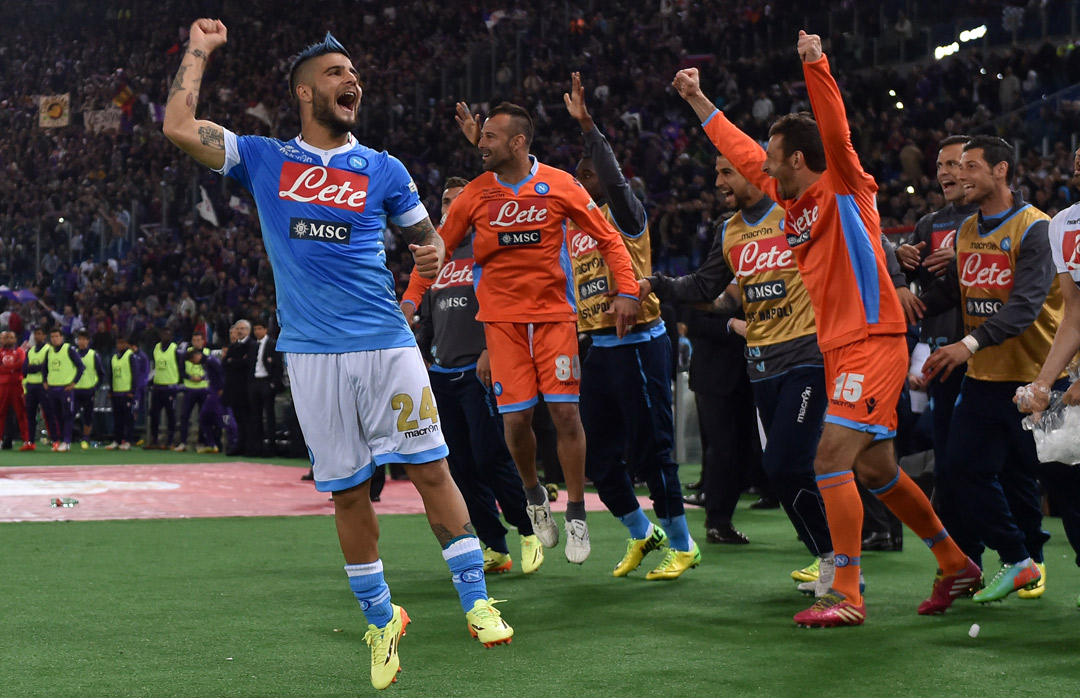
Viola coach Vincenzo Montella had witnessed similar events when he was a Roma player in 2004 – a Rome derby was suspended at half-time after false rumours spread that a police van had run over and killed a child, and the ultras from both Roma and Lazio confronted the players. By coincidence, one of the ultras who had demanded that game be abandoned is prime suspect in the shooting of the Napoli fan who still remains in a critical condition, although police have yet to fully question the victim as he recovers from a head injury in hospital.
Ultra offensive
Italian ultras hold strong influence over clubs, and are never afraid to flex their muscles when they feel that their position is under threat. Their stance is that they are the club; players and presidents come and go, but they will always be there. Orchestrated chants and overseeing choreography are one thing, but holding the rest of the stadium to hostage goes beyond what can be legally acceptable. Authorities have acted inadequately on many occasions, and a number of fans who were arrested on Saturday already had banning orders against them.
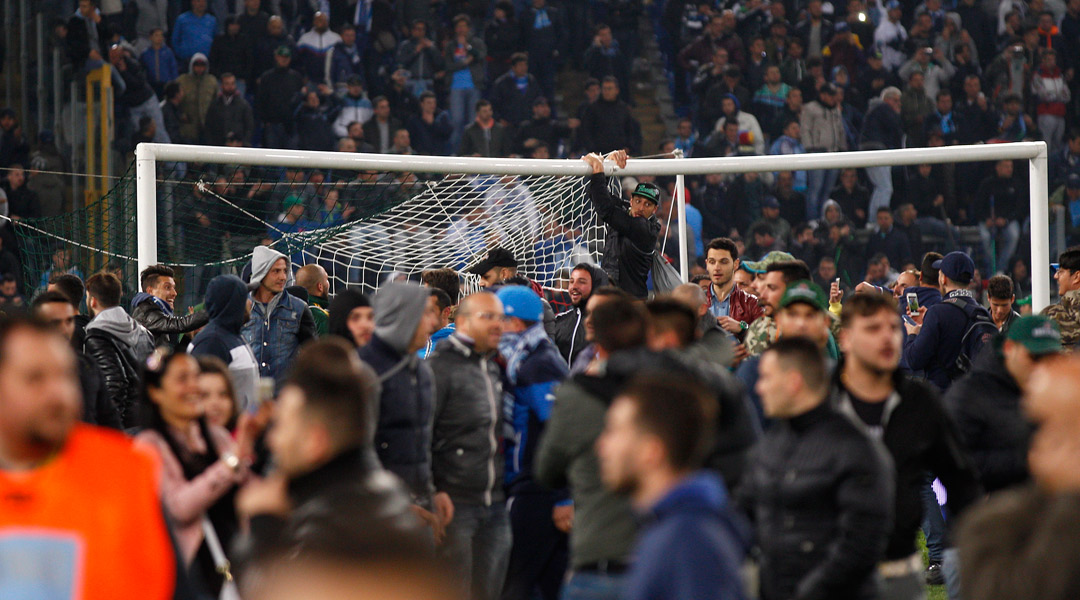
There are some 80,000 ultras in circulation across the various clubs in Italy, with a reported 5,000 having such orders against them. The majority of fans who attend matches would not associate themselves with any organised group and are there to enjoy the sport. In fact, clubs are following the English model, with more designated family enclosures and stewards to control the movement of fans in most sectors of the stadium. The curva areas behind the goals still remain the ultras' home, but even there former ultras are turning stewards as the first line of pacifying trouble.
Italian football's image has once again been tarnished, and will do little to entice the casual supporter. Crowd averages are set to fall towards 20,000 this season. On the playing side, a knock-on effect may see players decide that Serie A is not the place to come and enjoy their football. Young Italians of the future may seek moves abroad to escape the suffocating environment.
Despite such an intimidating atmosphere the match itself was something of a spectacle, with the only Italian, Naples-born Lorenzo Insigne, scoring twice early on before Juan Vargas brought Fiorentina back into the match midway through the first half.
Both teams played open and entertaining football, and it was only in the dying moments that Dries Mertens sealed a 3-1 win for what was Rafa Benitez’s first Italian domestic trophy. Unfortunately, though, unsavoury events off the pitch overshadowed any achievements on it.
